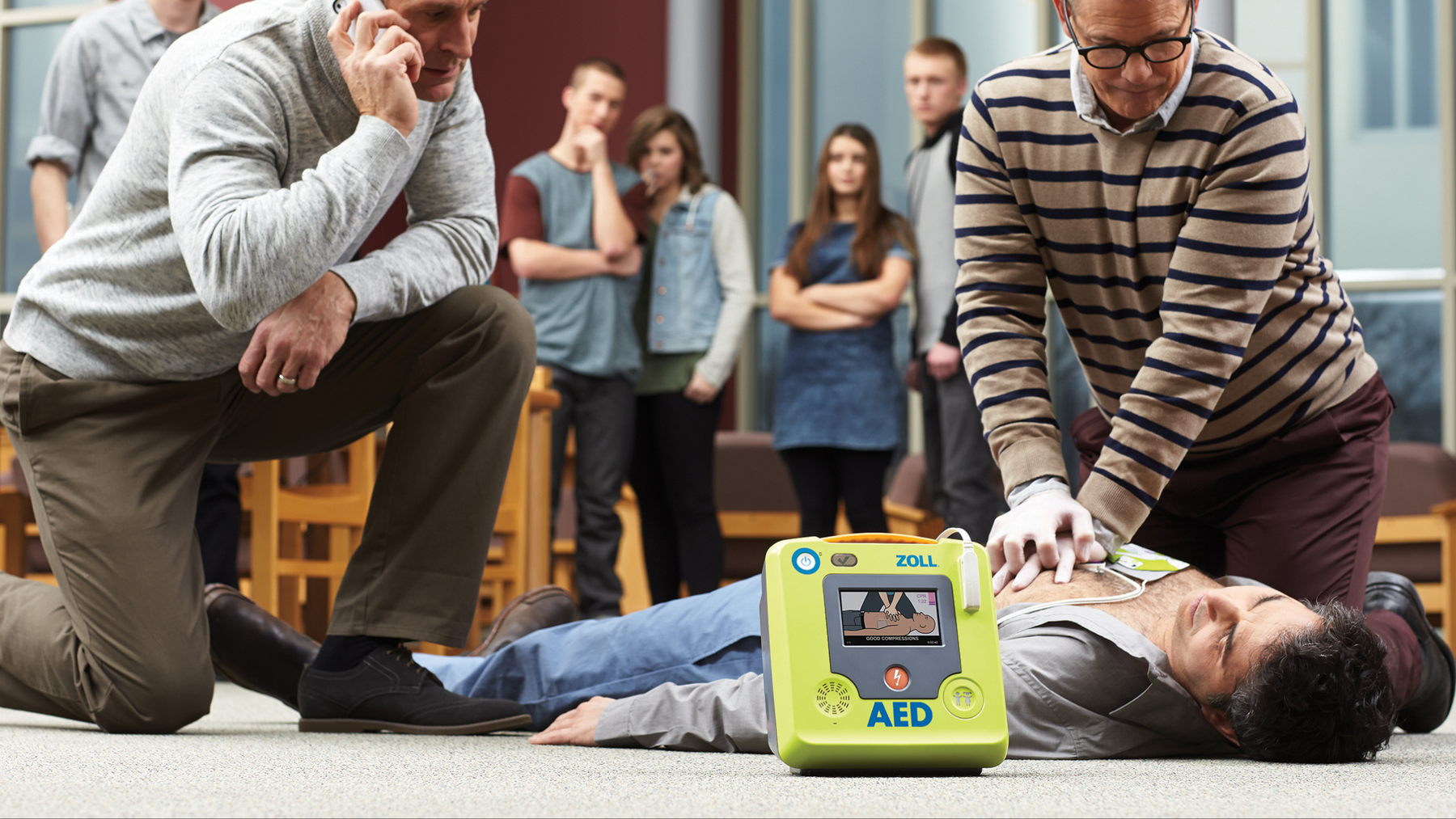Over £100 (Mainland UK)
Over £100 (Mainland UK)

Written By Steve Jelfs
Automated External Defibrillators (AEDs) play a crucial role in saving lives during sudden cardiac arrest. These portable devices are designed to deliver electric shocks to restore a normal heart rhythm, making them essential in increasing survival rates. However, like any other piece of medical equipment, AEDs require proper maintenance to ensure their effectiveness and reliability. This article explores the significance of maintaining AEDs, with a specific focus on battery and pad failures, supported by pertinent data and references.
The battery is the powerhouse of an AED, providing the necessary energy to deliver life-saving shocks. Without a functional and adequately charged battery, a defibrillator is rendered useless in critical situations. Research indicates that battery failures account for a significant percentage of defibrillator malfunctions. For instance, a study conducted by Weisfeldt et al. (2010) found that battery-related issues accounted for approximately 23% of defibrillator failures.
To ensure optimal performance, regular battery checks and replacements are paramount. Manufacturers typically recommend replacing AED batteries every 2 to 5 years, depending on the model. Neglecting battery maintenance can lead to catastrophic consequences when a defibrillator is needed most, compromising the device’s ability to deliver timely and effective shocks.
The defibrillation pads attached to a patient’s chest are another critical component of a defibrillator. These pads facilitate the delivery of electric shocks to the heart and monitor the patient’s cardiac rhythm. Unfortunately, pad failures can occur due to factors such as improper storage, expiration, or damage during use. Such failures can hinder the defibrillator’s ability to accurately analyse the patient’s condition and deliver appropriate treatment.
Several studies have highlighted the prevalence of pad failures in defibrillators. For instance, a study published in Prehospital Emergency Care in 2014 examined 361 AED deployments and found that pad-related problems accounted for 18.8% of device failures. Furthermore, a study by Stolz et al. (2018) reported that approximately 13% of defibrillator pads failed to adhere properly to the patient’s chest, potentially leading to delayed or inadequate treatment.
To minimise pad failures, it is crucial to conduct regular checks to ensure the pads are within their expiration dates, properly stored, and undamaged. Routine inspection and replacement of expired or damaged pads can significantly enhance the effectiveness of AEDs during emergencies.
We are working alongside DefibPeople to offer a monthly maintenance subscription, this includes bi-monthly maintenance checks, the temporary loan of a replacement defibrillator if your defibrillator is used, reminder service for pads and battery and support with any issues with your defibrillator, all from just £10 a month.
Defibrillator Maintenance Check Per Defibrillator Every 6-8 Week Guardian Care
Defibrillators we stock are in our shop, also you can email or call us sales@defib4life.co.uk – 01629710128 and find us on social media, on Facebook, Instagram & LinkedIn.